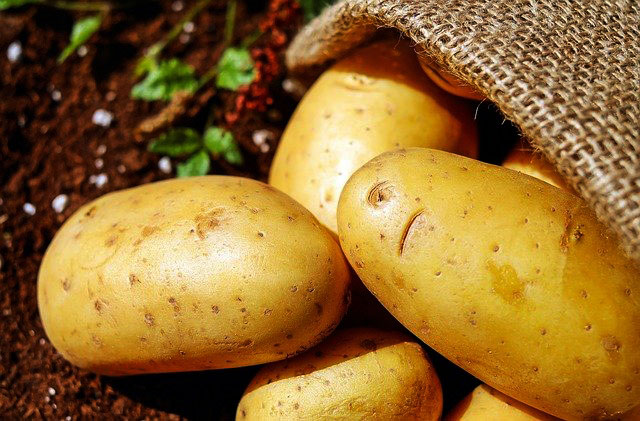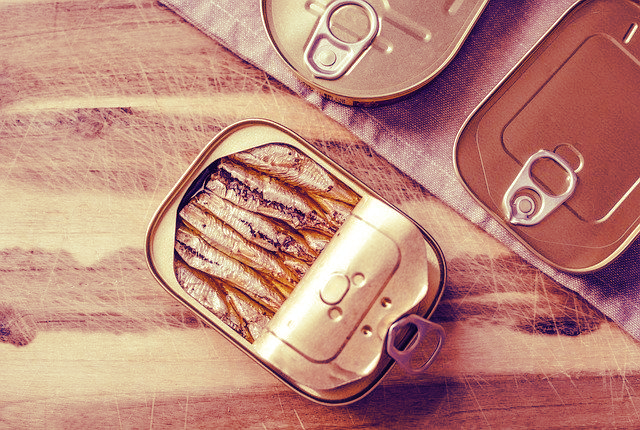Commercial kitchens in the hospitality industry can look like well-oiled machines. They are often chaotic and noisy with so much going on it can be challenging to keep track. However, amidst the chaos, these kitchens will carry out impeccable meals and presentations that make you wonder how they are able to achieve this.
Each kitchen in a restaurant, on a cruise ship, in a hotel, or any other commercial setting has a hierarchy of positions. Not everyone can take the lead in a kitchen. Rather, there is a hierarchy of chefs and roles that allows for the creation of a cohesive unit that can take on each day's service and produce successful results and amazing food for guests.
People may hear different terms that describe a chef and believe they are interchangeable. However, this is not the case. There are different types of chefs, and each one takes on a different role in a kitchen. Follow the guide below to answer questions such as, "What does an executive chef do?" or "What is a Sous Chef?"
The History and Purpose of Different Roles in a Kitchen
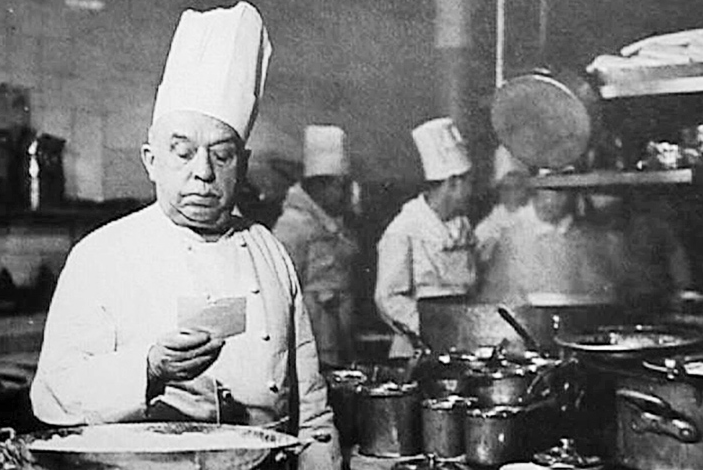
The kitchen hierarchy is not an occurrence of evolution but rather the creation of a particular individual. Chef Georges Aguste Escoffier is credited with the invention of the brigade de cuisine. In his time as the chef in charge at the Savoy Hotel in London, he used his French military training and background to come up with a system to make the running of a kitchen more efficient and transparent. It outlined the roles and accountability of each individual in their contribution to meal service.
The brigade de cuisine is also referred to as the kitchen brigade or, in modern times, just as the kitchen hierarchy. The application of the system differs from kitchen to kitchen based on the size of staff and needs, but the premise is the same. There is a central leader of the kitchen, followed in rank by various other individuals who are in charge of certain responsibilities and areas within the kitchen. Each party reports to a chef above them until the top of the hierarchy, the Executive Chef, is reached.
The Chef Hierarchy Explained

It can be easy to become confused or disoriented when working in a commercial-style kitchen. When meal services are underway, there can be a heavy influx of orders and requests that flood the kitchen at once. If people are awaiting instructions, unsure of what to do next or unclear of their purpose, it can cause the kitchen to fall behind, mistakes to occur on orders, and wasted much time and effort by all parties involved.
A hierarchy in the kitchen just makes sense. It clarifies who is in charge, who reports to whom, and what each person is responsible for as the meals are prepared. Not all kitchens will follow the brigade de cuisine exactly, but most will follow some form of hierarchy that derives from its main objective.
In the kitchen hierarchy, the following are the chefs in order ranking from the individual with the highest authority to the least:
- Executive Chef
- Head Chef or Chef de Cuisine
- Sous Chef
- Chef de Partie or Station Chef
- Junior Chef or Commis Chef
What are the Different Types of Chefs and Their Responsibilities?

The chain of authority is only part of the importance of the kitchen hierarchy. The kitchen hierarchy also plays an important role in advising everyone about their designated position and responsibilities. Depending on the type of chef an individual is in a kitchen, it will influence their typical duties and what a day in the kitchen will be like in their role.
The Executive Chef

This chef is at the top of the kitchen food chain. The Executive Chef is in charge of the entire kitchen staff and is the party responsible for the entire kitchen operation. What an executive chef does is manage the overall operation, but they are not usually involved in the day-to-day micromanaging of the kitchen and its meal service. They are often the party with a hand in the creation of the menu, recipes, and sourcing of food and supplies but are not in the kitchen each day.
The Head Chef or Chef de Cuisine

The name for this chef will vary depending on the establishment, but this is the chef that works directly beneath the Executive Chef. The Head Chef in charge with the daily operations and oversight of a successful kitchen. They must ensure that each day operations run smoothly, the kitchen has what it needs, and the staff is prepared to execute their responsibilities.
What is a Sous Chef?
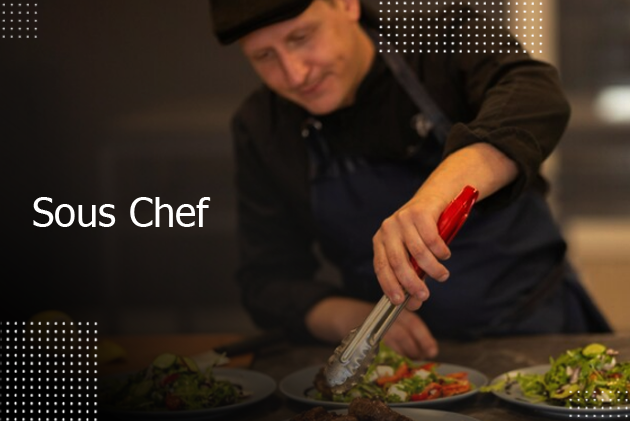
A sous chef serves as a head chef's right-hand man or woman. The sous chef will have various chefs and staff working under them that they must manage to run a successful kitchen. Sous chef must often play a role throughout the kitchen and will need to resolve issues as they arise in the stations of each Chef de Partie. A Sous Chef reports to the Head Chef, and in instances when the Head Chef is not present or unavailable, they are the party in charge of the kitchen due to the hierarchy.
Chef de Partie or Station Chef

Within each kitchen, there is a potential for various stations. Depending on the structure of meal service and the offerings by the kitchen to guests, there can be many components to a meal that are separated into different areas of the kitchen or stations. The Station Chef or Chef de Partie is the chef in charge of their station. In bigger kitchens, a Station Chef may have other chefs working beneath them at their station. In smaller operations, a Station Chef may be in charge of multiple stations at once or be the party responsible for all duties of a specific station.
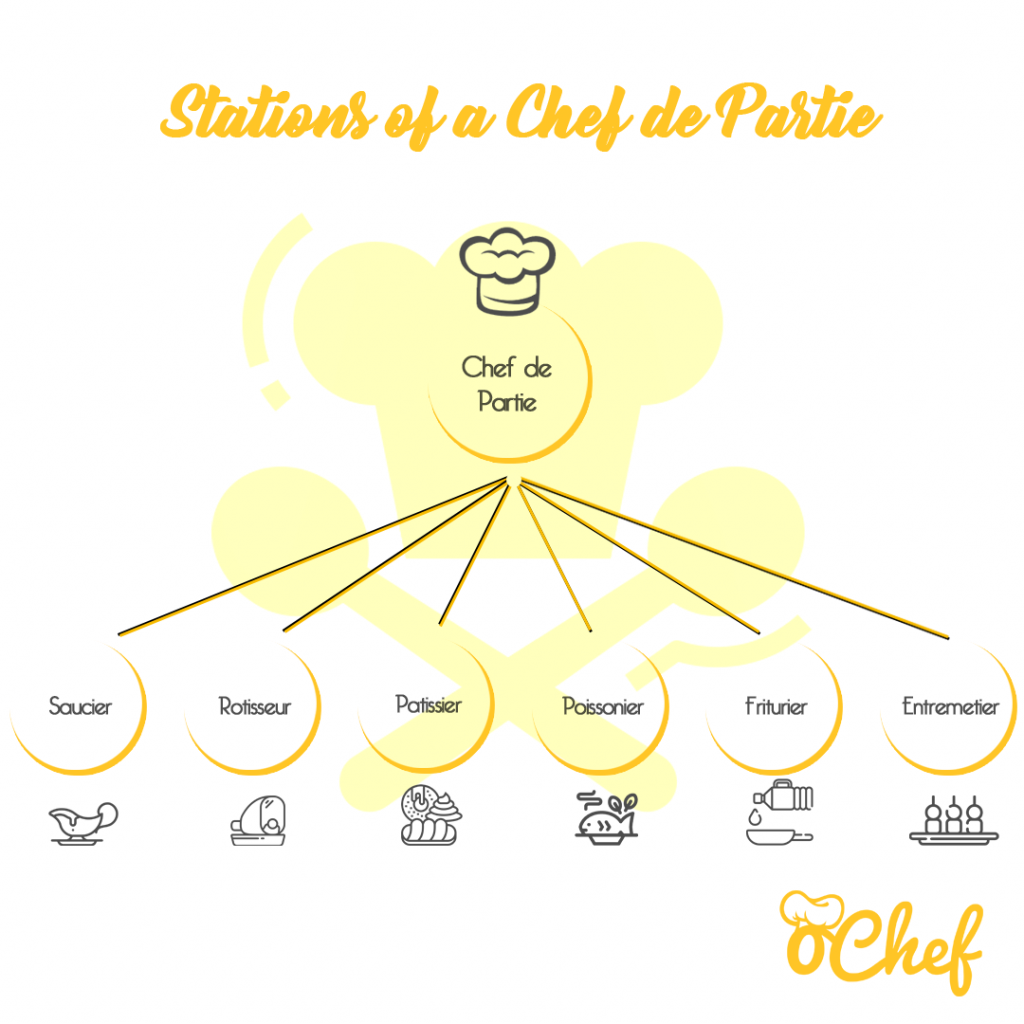
Examples of stations of a Station Chef include:
- Saucier – In charge of sauces
- Rotisseur – In charge of roasting meats
- Patissier – In charge of desserts and other pastries
- Poissonier – In charge of fish dishes
- Friturier – In charge of fried food dishes
- Entremetier – In charge of appetizers
You may also be interested in reading:
- Ochef's Ultimate Guide to Fruits and Vegetables
- Best Airbrushes to Decorate Cakes like a Pro (Even for beginners)
Commis Chef

This type of chef is a junior chef or apprentice. They are learning the trade and are building their skills and knowledge of the kitchen. The commis chef will usually work under a Chef de partie and assist in the preparation of dishes by cutting, chopping, and organizing ingredients that will typically be used by the Chefs de Partie in the preparation of dishes at a particular station. They may also have the responsibility of cooking elements of a dish or assisting in the clean-up process following a service.
Types of Chefs and Their Salaries
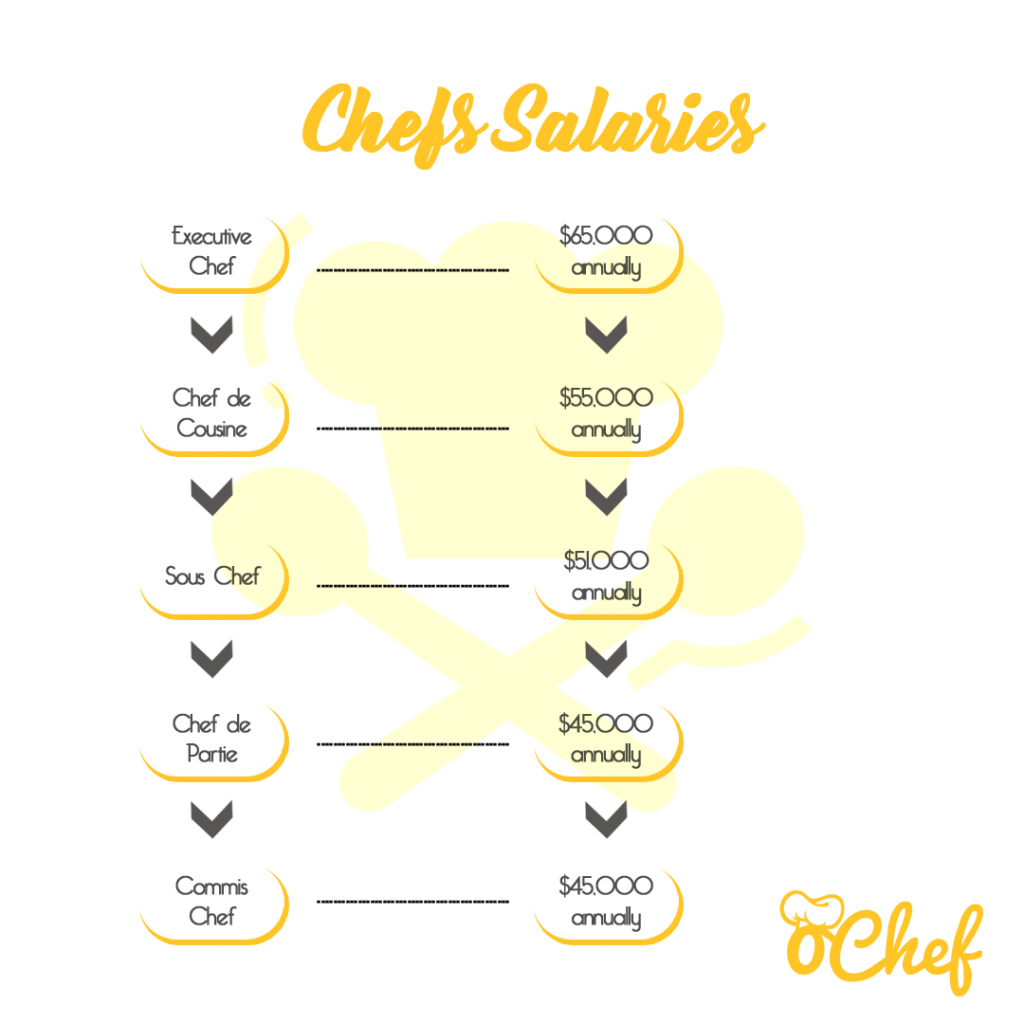
Chefs can earn a decent living, but which type of chef a person is will greatly influence their salary earning potential. In addition, the city a chef is working in as well as the status of the restaurant can greatly affect their salary. The annual average salaries for chefs in the U.S. will vary depending on their title.
- Executive Chef – The average salary for an Executive Chef in the U.S. is over $65,000 annually. However, major hotel chains show positions with starting salaries closer to $100k.
- Head Chef – The average salary for a Head Chef in the U.S. is about $55,000 annually. However, locations such as New York City boast starting salaries closer to $70,000 for this position.
- Sous Chef – The position of sous chef averages an annual salary of $51,000. This can vary depending on the location and the company looking to hire.
- Chef de Partie – The average salary for a Chef de Partie or Line Cook is close to $15 per hour in the U.S., which averages to about $45,000 per year for a full-time position.
- Commis Chef – The average salary for a Junior Chef in training is about the same as that of a Chef de Partie in the U.S., averaging close to $45,000 each year. While Commis Chefs are lower in the kitchen hierarchy, they are often in training for a higher Chef position, which is likely to explain the similarities in salary.
How Can Someone Become a Chef?
A common question many may wonder when it comes to chefs and the available positions is the requirements of schooling or other training to become a chef. While there is no set standard for a chef to rise up the kitchen hierarchy, experience and schooling can contribute to better-paying jobs and promotions. Some chefs may choose to begin their careers by starting in the lowest positions and working their way up as they gain experience and skills. Others may choose to invest in culinary school to build a foundation before getting into the field. Each path may have its pros and cons, but either one can allow an individual to grow as a chef and increase their salary and position over time.
Understanding the kitchen hierarchy provides a new perspective on the dining experience. Not all chefs are equal, but each plays an essential role in making a kitchen run smoothly.




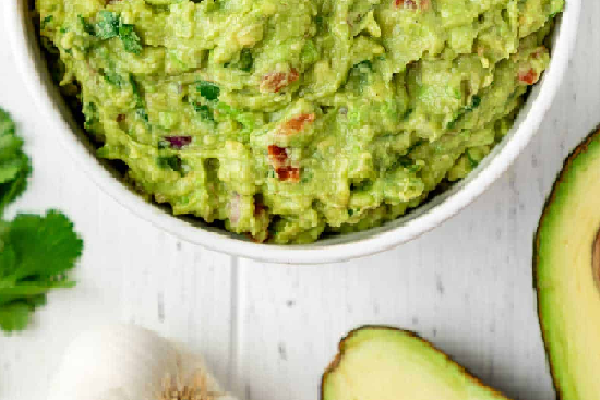



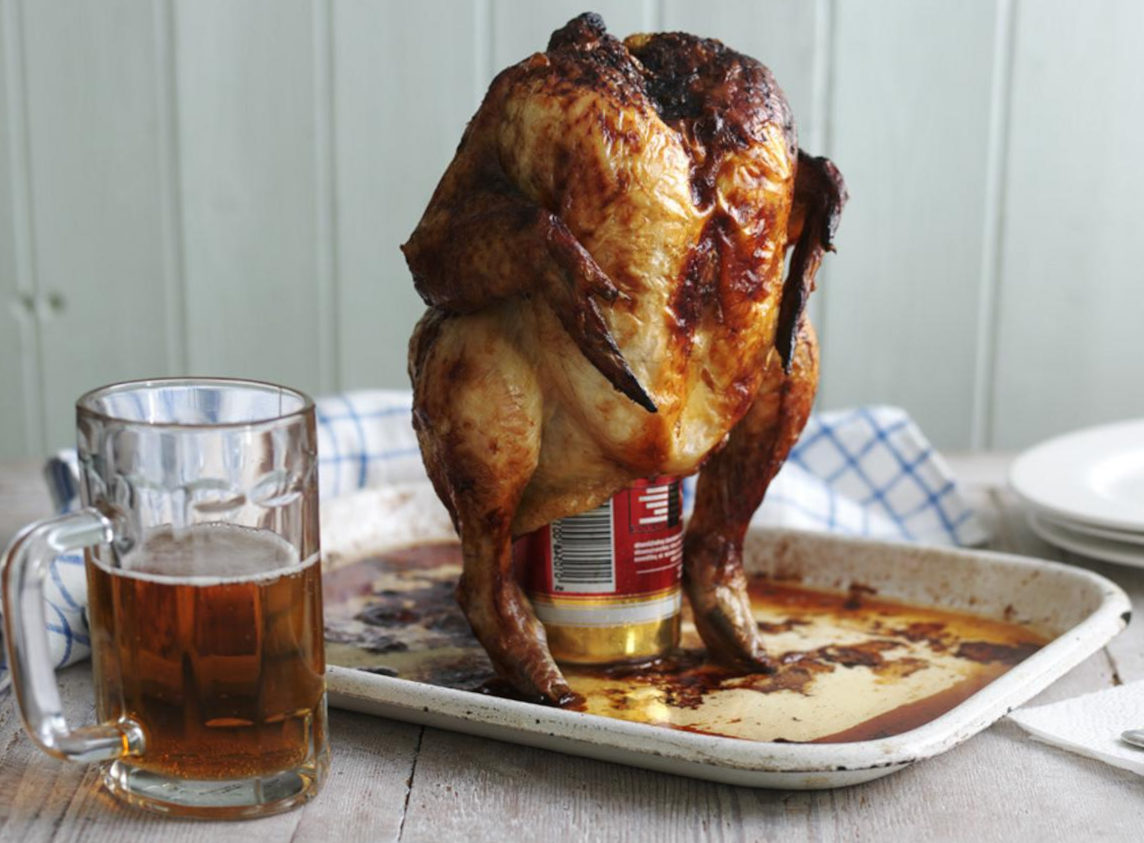





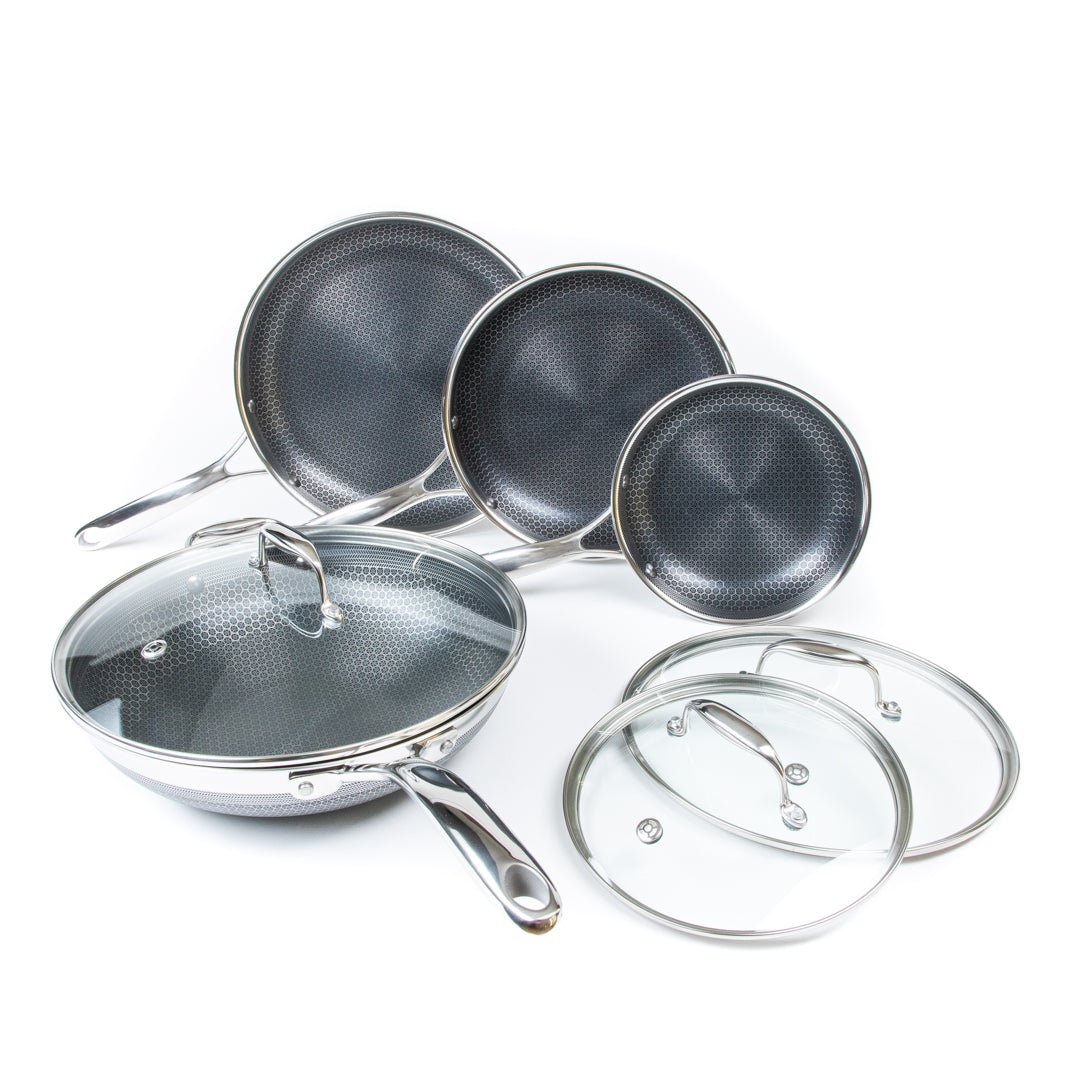






![Can you Cook Eggs in the Microwave? [Complete Guide]](/assets/images/c1f79d1cad59f18f9b5dc31403bd0eb2.png)

